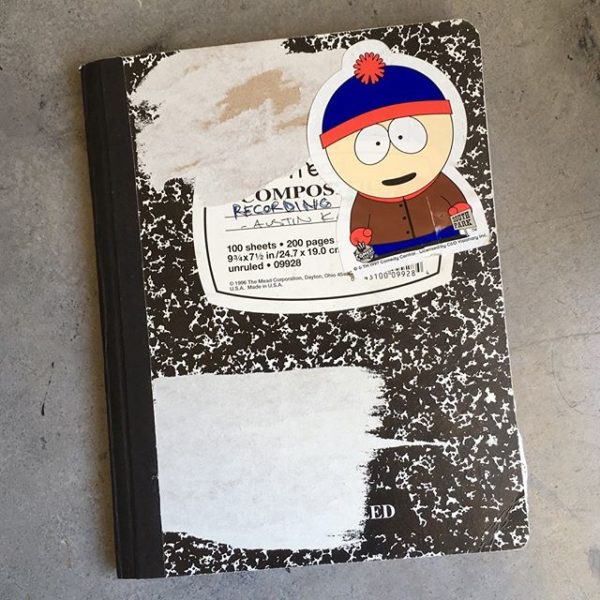
Giles Martin’s new remix of The Beatles’ “White Album” sounds terrific, and it does exactly what it’s supposed to do: it helps me hear a 50-year-old album with fresh ears. In fact, I was surprised how new it sounded, considering it’s the Beatles record I’ve spent the most time with. When I was around 15 or 16, I sat with my headphones and a copy of Beatlesongs, and tried to map out all the instruments in the mix:

Truthfully, I think my obsession with the album had a lot to do with learning about its influence on Radiohead’s OK Computer. (I also listened to a lot of Miles Davis’s Bitches Brew, but I think that one was a bit beyond my grasp.)
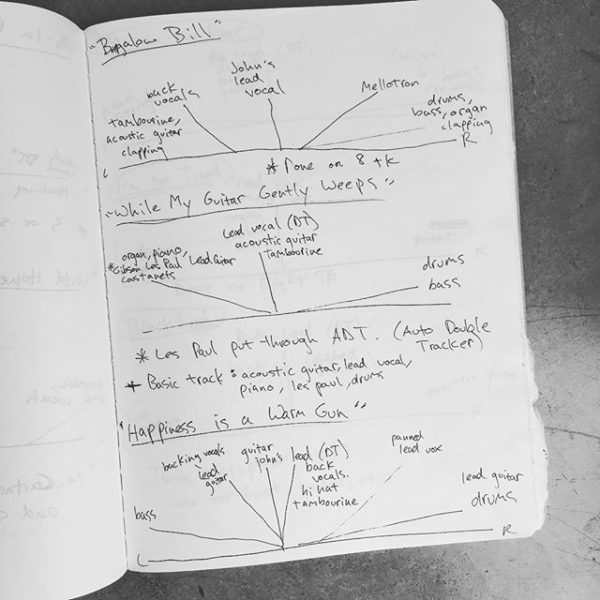
The White Album also appealed to me because it sounded really homemade, like something I could maybe copy with my little Tascam 4-track Portastudio.
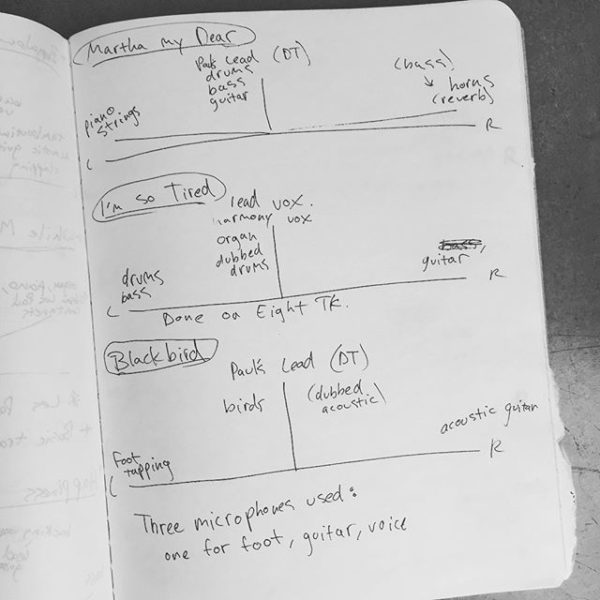
I distinctly remember setting up 3 microphones in my mom’s living room and trying to record a “Blackbird” knockoff.
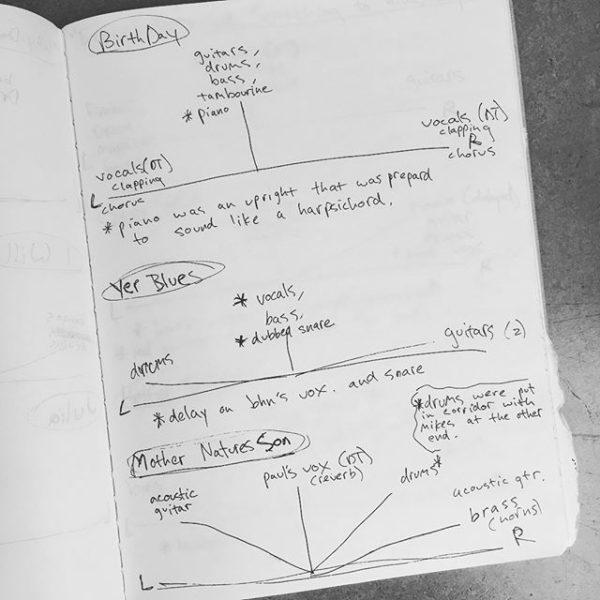
And I remember starting to play with microphone placement — putting the drums in the living room while my mom was at work, and recording with the microphones in the kitchen.
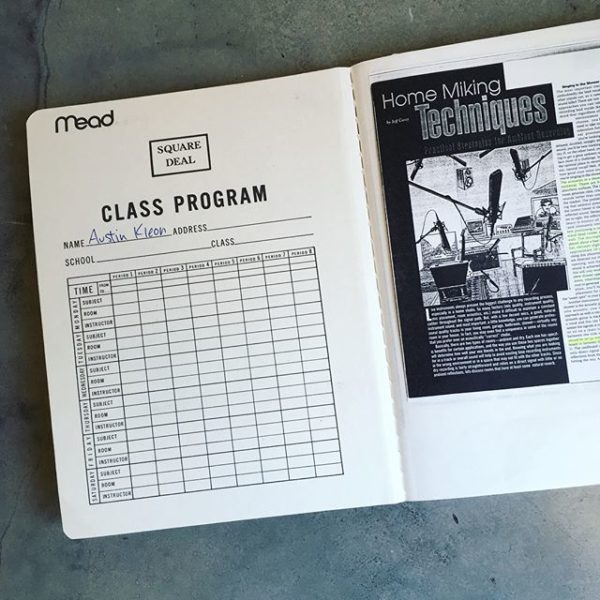
I spent so much time trying to figure out new sounds I could make with my primitive equipment. I’d comb through music magazines for tips and tricks and paste them into my recording notebook. I’d keep a long list of recording ideas for later:
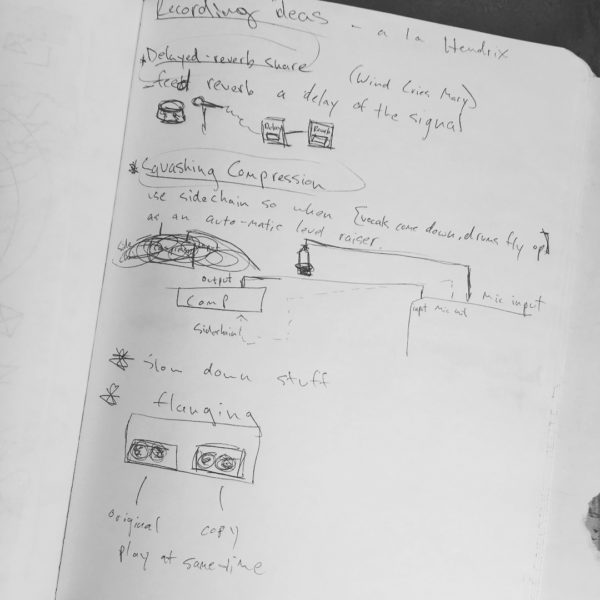
But mostly, I spent so much time listening. Time is the very thing that young people have. (Although, I fear today that it’s being overscheduled away.) I can’t imagine listening to a piece of music as closely now as I did back then. (I can’t imagine arranging my life in a way that I could perform such close listening.)
My sons listen that closely: my six-year-old can differentiate all the different instruments in mixes, and my 3-year-old can recite all the narration passages from this Leonard Bernstein CD. And some adults still listen that closely: In a 2006 interview with Arthur magazine, Joanna Newsom described the way Bill Callahan listens to music:
The way he listens to music is one of the most endearing and sweet things I’ve ever seen. He takes off his shoes, sets them down and gets comfortable. He kneels or sits in front of the record player, lifts the cover, reverently chooses a record, puts it on, closes the cover and just listens, start to finish. Whenever I go to see him and we listen to music like that, I register in myself how much better it feels than other ways of listening, which are like rushing to eat a meal because you’re super-hungry. You need to eat, just like you need to listen to music, but it never feels good if you do it like that. So I am trying to set my life up in a way where I don’t have to listen to music anyway other than putting on a record and sitting and listening.
Though I didn’t become a professional musician or producer or recording engineer, I like to think that this kind of exercise — studying something you love in depth — is valuable no matter what the field or the genre. The results don’t matter. When you study something so closely, in so much depth, you learn what it is to really pay attention. And paying attention is the art that builds a more meaningful and creative life.